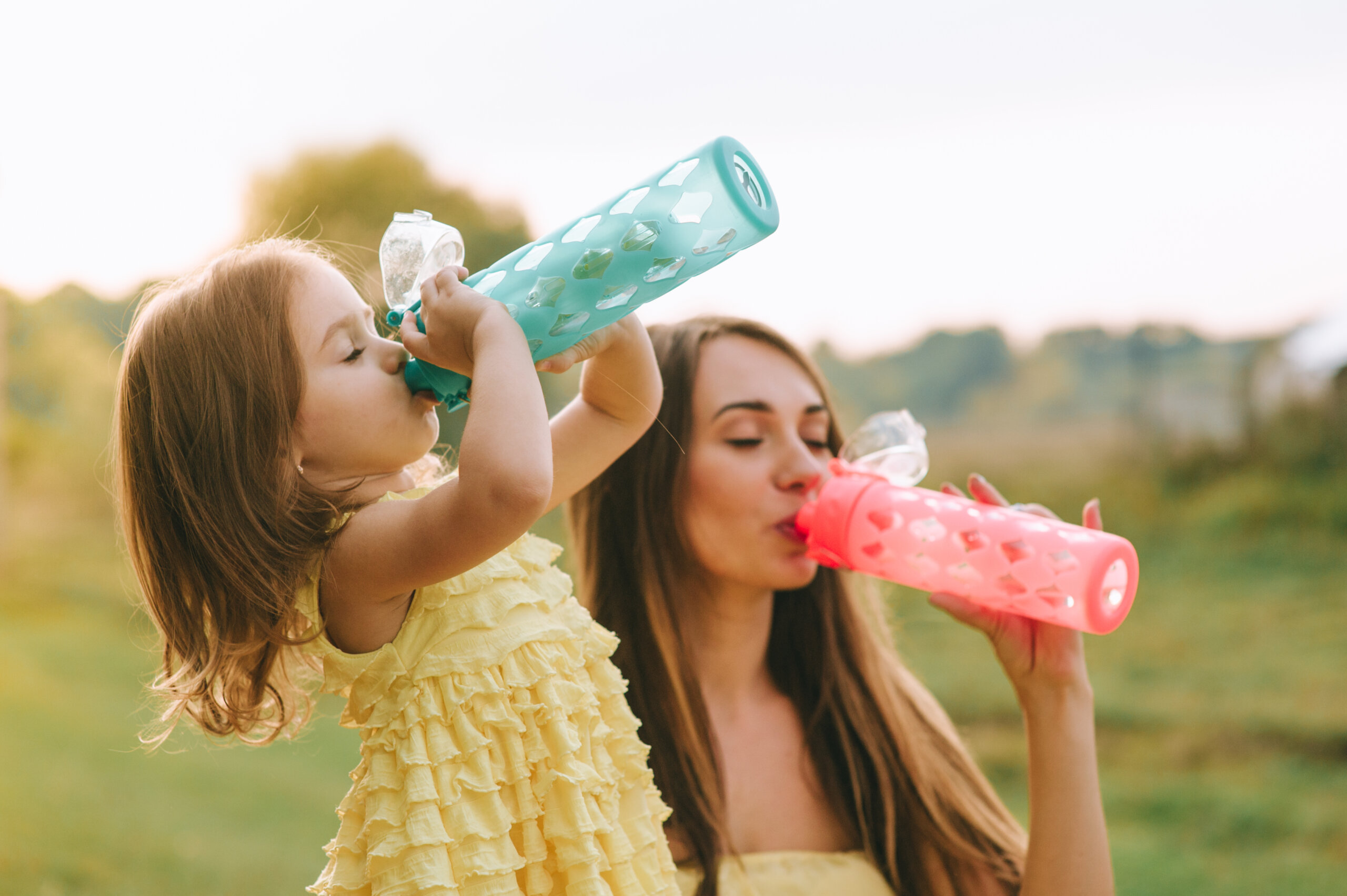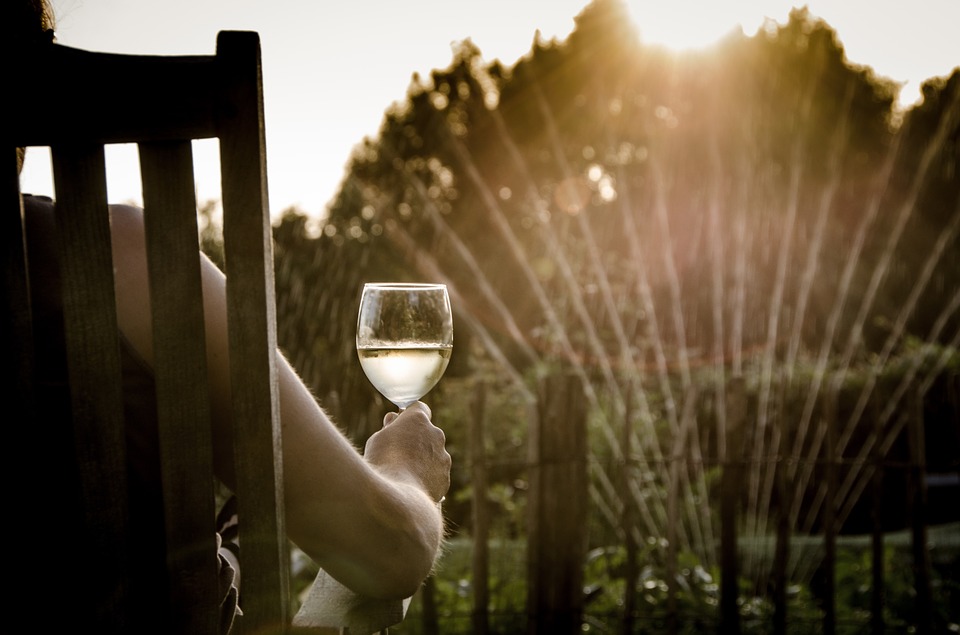Beach visits, family picnics, backyard shenanigans: All in all, it’s great to be a kid in the summertime! But for babies and toddlers, summer can also pose some unexpected health risks. To ensure you and your love bug have nothing but fun in the sun, here are 5 summer health hazards you can easily avoid.
Dehydration
Did you know that children are at a greater risk of dehydration than grownups? It’s true! Kiddos produce more heat than you do when they’re running around playing…and they sweat less. Plus, babies and young children can’t tell you they’re thirsty! To help stave off dehydration in hot weather, children need to drink often. For little ones, that means making sure they’re getting plenty of breastmilk or formula. And starting at around 6 months old, it’s safe and smart to bring water into the hydration mix, shooting for about 125 to 250 milliliters day until your bub reaches their first birthday. Meanwhile, toddlers need about 1 litre of water daily and older kids should shoot for up to 2 litre a day…and even more if they’re super-active or the temps are uncomfortably high. Always offer water with meals and snacks, pack a cold water bottle if you’ll be away from home, and have your active toddler or big kid take regular drink breaks about every 20 minutes or so.
Overheating
While sweating is designed to help keep people cool, newborns can’t fully sweat…and even older babies and toddlers don’t sweat very much. That means they rely on their grownups to keep them cool…and safe. (Overheating can lead to dehydration, heat stroke, heat exhaustion, it can worsen existing illnesses, and even cause SIDS.) When your tot is in a stroller, use the canopy to shield their delicate skin from the sun’s heat. If you need to, buy a canopy extender to make sure your bub is shaded from head to toe. This is a safer strategy than draping a light blanket over your stroller, which can hinder air circulation, increasing your child’s chance of overheating. Also important: Try to limit sun exposure as much as you can between 10 a.m. and 4 p.m., when the sun is at its strongest. And keep babies, toddlers, and small children away from outdoor heat for any prolonged period if it’s 32 degrees Celsius or higher. If you fear your baby has gotten too hot, offer a bath or sponge them down with lukewarm water.
Vacation dangers
Vacation homes and hotel rooms aren’t always the most baby- or toddler-friendly destinations. So, as you’re packing your suitcase for your summer holiday, make sure you throw in a few childproofing tools, including socket covers or bandage tape to cover outlets and cotton balls or bumpers to use on sharp corners. When you first arrive at your destination, get down on hands and knees to give yourself a baby’s-eye-view of the place. This’ll help you notice—and prevent—hazards like loose change that could be a choking risk, furniture that isn’t properly anchored, or dangling cords.
Drowning
Children under 5 are at the greatest risk for accidental drowning deaths and many of these tragic occurrences happen when parents are actually nearby…but distracted. To ensure your children are safe at (or even near) a pool, ocean, lake, or water park, designate a specific adult to be the water supervisor and rotate the duty, if possible. (Never assume someone is keeping watch and never leave a child unattended near a body of water, even for just a minute or two.) To add another layer of protection against drowning, enrol your tot in formal swim lessons early. Swimming lessons can reduce a 1- to 4-years-old risk of drowning by 88%, suggests U.S. research.
Sunburn
While all parents want to shield their children’s precious skin from burns, some might not realise that you shouldn’t apply sunscreen to babies younger than 6 months old. Infants are at greater risk than older kids and adults of sunscreen side effects, like irritating rashes. For the youngest babies, the best sun protection is to stay in the shade. For older tykes, use a broad-spectrum SPF of at least 30 when shade isn’t possible. Try to keep children out of the sun during the middle of the day when ultraviolet (UV) rays are most intense. (Pay special attention from mid-August to the end of April when UV levels reach 3 or higher.) And dress your baby or toddler in light, loose clothing that covers and protects. If you can see through the fabric when you hold it against your hand, it’s a big clue that there’s little sun protection.
And while you’re out there, don’t forget to have some fun! Being outdoors with your children is a great way to boost your—and your child’s—endorphins, which are chemical messengers from the brain that can do magical things like bring you pleasure!









